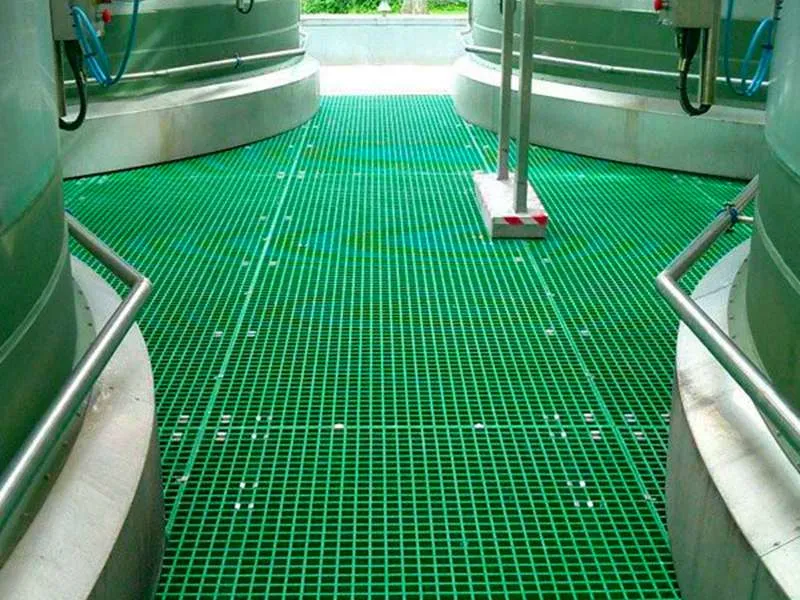
-
 Afrikaans
Afrikaans -
 Albanian
Albanian -
 Amharic
Amharic -
 Arabic
Arabic -
 Armenian
Armenian -
 Azerbaijani
Azerbaijani -
 Basque
Basque -
 Belarusian
Belarusian -
 Bengali
Bengali -
 Bosnian
Bosnian -
 Bulgarian
Bulgarian -
 Catalan
Catalan -
 Cebuano
Cebuano -
 China
China -
 China (Taiwan)
China (Taiwan) -
 Corsican
Corsican -
 Croatian
Croatian -
 Czech
Czech -
 Danish
Danish -
 Dutch
Dutch -
 English
English -
 Esperanto
Esperanto -
 Estonian
Estonian -
 Finnish
Finnish -
 French
French -
 Frisian
Frisian -
 Galician
Galician -
 Georgian
Georgian -
 German
German -
 Greek
Greek -
 Gujarati
Gujarati -
 Haitian Creole
Haitian Creole -
 hausa
hausa -
 hawaiian
hawaiian -
 Hebrew
Hebrew -
 Hindi
Hindi -
 Miao
Miao -
 Hungarian
Hungarian -
 Icelandic
Icelandic -
 igbo
igbo -
 Indonesian
Indonesian -
 irish
irish -
 Italian
Italian -
 Japanese
Japanese -
 Javanese
Javanese -
 Kannada
Kannada -
 kazakh
kazakh -
 Khmer
Khmer -
 Rwandese
Rwandese -
 Korean
Korean -
 Kurdish
Kurdish -
 Kyrgyz
Kyrgyz -
 Lao
Lao -
 Latin
Latin -
 Latvian
Latvian -
 Lithuanian
Lithuanian -
 Luxembourgish
Luxembourgish -
 Macedonian
Macedonian -
 Malgashi
Malgashi -
 Malay
Malay -
 Malayalam
Malayalam -
 Maltese
Maltese -
 Maori
Maori -
 Marathi
Marathi -
 Mongolian
Mongolian -
 Myanmar
Myanmar -
 Nepali
Nepali -
 Norwegian
Norwegian -
 Norwegian
Norwegian -
 Occitan
Occitan -
 Pashto
Pashto -
 Persian
Persian -
 Polish
Polish -
 Portuguese
Portuguese -
 Punjabi
Punjabi -
 Romanian
Romanian -
 Russian
Russian -
 Samoan
Samoan -
 Scottish Gaelic
Scottish Gaelic -
 Serbian
Serbian -
 Sesotho
Sesotho -
 Shona
Shona -
 Sindhi
Sindhi -
 Sinhala
Sinhala -
 Slovak
Slovak -
 Slovenian
Slovenian -
 Somali
Somali -
 Spanish
Spanish -
 Sundanese
Sundanese -
 Swahili
Swahili -
 Swedish
Swedish -
 Tagalog
Tagalog -
 Tajik
Tajik -
 Tamil
Tamil -
 Tatar
Tatar -
 Telugu
Telugu -
 Thai
Thai -
 Turkish
Turkish -
 Turkmen
Turkmen -
 Ukrainian
Ukrainian -
 Urdu
Urdu -
 Uighur
Uighur -
 Uzbek
Uzbek -
 Vietnamese
Vietnamese -
 Welsh
Welsh -
 Bantu
Bantu -
 Yiddish
Yiddish -
 Yoruba
Yoruba -
 Zulu
Zulu
fiberglass duct
Understanding Fiberglass Ducts Advantages and Applications
Fiberglass ducts have become increasingly popular in various industries due to their unique properties and benefits. Made from a combination of glass fibers and resin, fiberglass duct systems offer a lightweight, flexible, and durable alternative to traditional duct materials like metal and plastic. This article will explore the advantages of fiberglass ducts, their applications, and why they are an excellent choice for modern HVAC systems.
One of the primary advantages of fiberglass ducts is their exceptional insulation properties. Insulation is crucial in managing temperature and energy efficiency within a building. Fiberglass ductwork can significantly reduce heat loss or gain, thereby maintaining desired indoor temperatures and reducing energy consumption. This is especially beneficial in environments that require strict temperature control, such as laboratories and cleanrooms.
Another significant benefit of fiberglass ducts is their resistance to corrosion and chemicals. Unlike metal ducts that can succumb to rust and deterioration over time, fiberglass is inherently resistant to moisture and various corrosive substances. This makes fiberglass ducts ideal for applications where exposure to chemicals is a concern, such as in chemical processing plants or food manufacturing facilities. Their robust nature ensures longevity and minimal maintenance requirements, providing businesses with long-term cost savings.
Additionally, fiberglass ducts are less prone to condensation compared to conventional materials. In HVAC systems, condensation can lead to water damage, mold growth, and overall inefficiency. The non-porous surface of fiberglass prevents moisture build-up, ensuring that the air quality remains high and the integrity of the system is maintained.
fiberglass duct

One of the often-overlooked advantages of fiberglass ducts is their acoustic performance. These ducts can significantly reduce noise transmission, making them an excellent choice for commercial buildings where noise control is a priority. In schools, hospitals, and offices, reducing background noise can enhance productivity and create a more pleasant environment for occupants.
Moreover, the installation of fiberglass ducts is generally quicker and easier than that of metal ducts. Their lightweight nature makes them easier to handle and transport, which can lead to reduced labor costs during installation. Additionally, fiberglass systems can be customized to fit unique building designs, making them versatile and adaptable to a variety of applications.
The applications for fiberglass ducts are widespread. They are commonly used in HVAC systems for residential, commercial, and industrial buildings. Beyond that, fiberglass ducts are suitable for ventilation in pharmaceutical manufacturing, food processing, and water treatment facilities. Their ability to maintain air quality and control temperature makes them a top choice in sectors that require stringent standards.
In conclusion, fiberglass ducts offer numerous advantages that make them a leading choice in ductwork systems. Their superior insulation properties, resistance to corrosion, low maintenance requirements, and noise reduction capabilities position them as a modern solution for effective ventilation and air distribution. As industries continue to seek more efficient and sustainable building solutions, fiberglass ducts present an innovative option that enhances both performance and longevity. Whether for new constructions or upgrades to existing systems, fiberglass ductwork provides the reliability and adaptability that today’s facilities demand.









